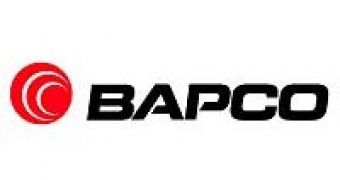In an unforeseen turn of events, AMD, Nvidia and VIA have all quit the BAPCo organization as the companies believe the corporation's latest SYSmark 2012 Benchmark is biased and favors Intel's processors.
Business Applications Performance Corporation, BAPCo for short, has been developing the SYSmark 2012 Benchmark for a couple of years now and the application was designed in order to asses the performance of a system in real-world applications.
However, AMD believes that the benchmark used are comprised of unrepresentative workloads (which ignore the importance of heterogeneous computing) and that these are used to generate misleading results as some applications (optical character recognition - OCR - and file compression activities) weight more heavily in the overall sore than others.
"Technology is evolving at an incredible pace, and customers need clear and reliable measurements to understand the expected performance and value of their systems," said Nigel Dessau, senior vice president and Chief Marketing Officer at AMD.
"AMD does not believe SM2012 achieves this objective. Hence AMD cannot endorse or support SM2012 or remain part of the BAPCo consortium," concluded the company's rep.
Dessau further detailed its opinions on SYSmark 2012 in a post that went live on AMD's official blog.
Soon after this news came to out attention, AnandTech has confirmed Nvidia has also left the BAPCo consortium, but no explanation was given for this move.
AMD and Nvidia seem to be joined by VIA in their decision, according to a report posted by the SemiAccurate website.
To answer to the claims made by AMD, BAPCo has released a statement in return, which reaffirms the open development process used for SYSmark 2012 and noted that AMD agreed with most of the workloads that were used for the benchmark.
“Each member in BAPCo gets one vote on any proposals made by member companies. AMD voted in support of over 80% of the SYSmark 2012 development milestones, and were supported by BAPCo in 100% of the SYSmark 2012 proposals they put forward to the consortium.”

 14 DAY TRIAL //
14 DAY TRIAL //